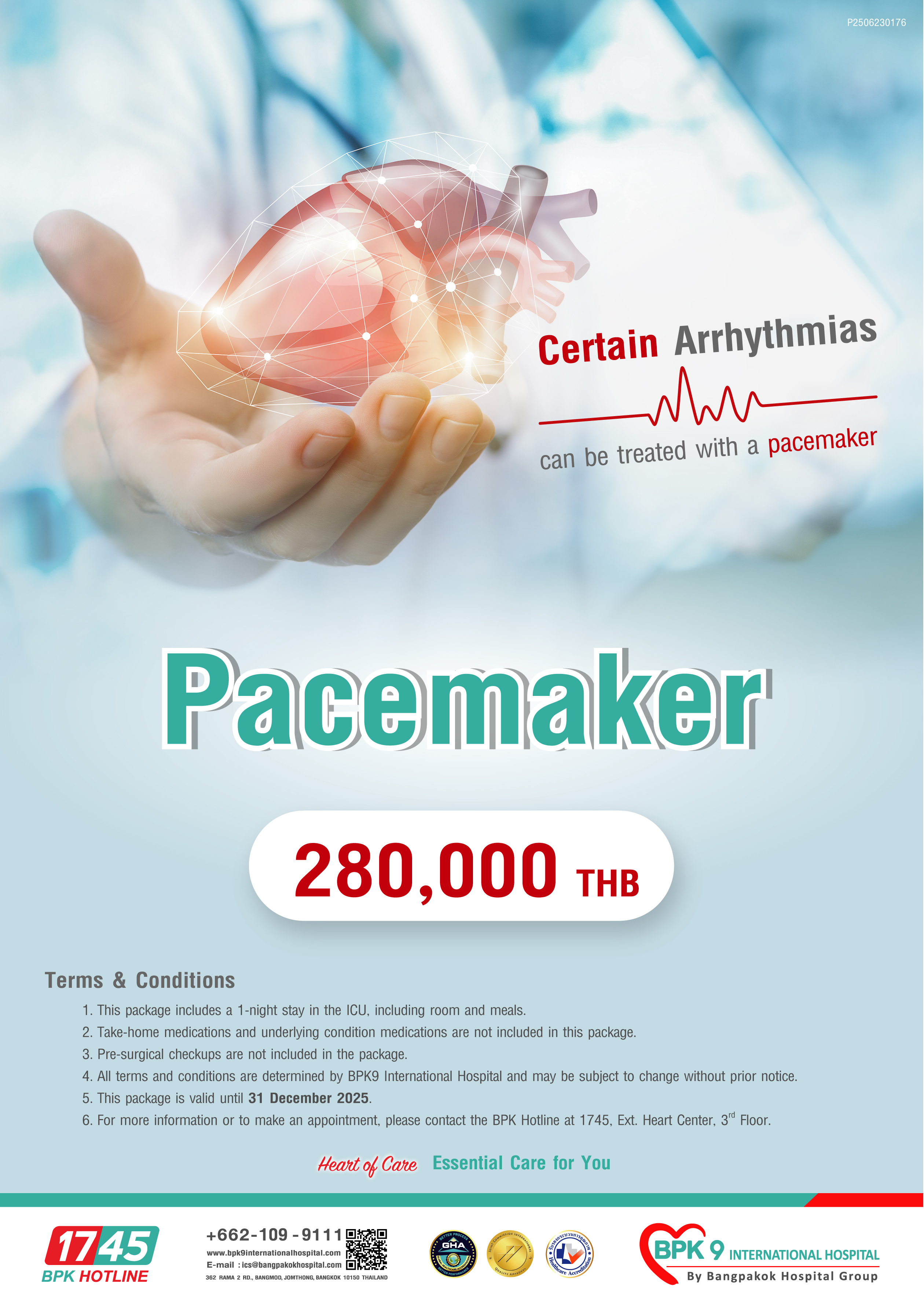Pacemaker

What Is a Pacemaker? A Gentle Guide to Your Heart’s Helper
A Pacemaker is a small medical device implanted under the skin, typically near the collarbone, that helps regulate slow or irregular heartbeats. It sends electrical signals to the heart to ensure it beats at a healthy rhythm, especially when the heart’s natural pacemaker is not functioning properly.
Where the ICD is a life-saving device for fast and deadly heart rhythms, a Pacemaker is more like a steady companion, helping the heart keep a reliable, consistent beat every single day.
What Does a Pacemaker Do?
The heart has its own electrical system. In a healthy heart, signals begin in a natural pacemaker called the sinoatrial (SA) node, which sets the rhythm for the heartbeat. But when this system malfunctions, it may cause:
- Bradycardia – a heart rate that’s too slow
- Heart block – a delay or block in the electrical signals
A Pacemaker steps in to correct these problems by:
- Sensing the heart’s natural rhythm.
- Sending electrical impulses when the heartbeat is too slow or missed.
- Maintaining a steady heartbeat so that the body gets enough oxygen-rich blood.
Some pacemakers also adjust the heart rate based on activity level, a feature called rate responsiveness.
How Does a Pacemaker Work?
A standard pacemaker system includes:
- Pulse Generator: The small, battery-powered unit that sends signals.
- Leads (Wires): Thin, insulated wires that carry electrical impulses from the pulse generator to the heart and relay information back.
Newer versions, called leadless pacemakers, are even smaller and placed directly into the heart chamber without leads.
What Conditions Does a Pacemaker Treat?
Pacemakers are prescribed to manage conditions that affect the heart’s natural rhythm, including:
- Bradycardia (slow heart rate)
- Sick Sinus Syndrome (faulty SA node)
- Heart Block (interrupted electrical signals between heart chambers)
- Atrial Fibrillation with slow ventricular response
- Post-surgical or medication-induced rhythm problems
Some patients only need pacing support temporarily, while others may require a permanent device.
Who Needs a Pacemaker?
You may be a candidate for a pacemaker if you:
- Frequently experience fatigue, dizziness, or fainting caused by a slow heartbeat
- Have conduction disorders (such as AV block)
- Require certain cardiac medications that lower the heart rate
- Have undergone heart surgery that affects the rhythm
- Have congenital heart conditions
Your doctor will perform tests like electrocardiograms (ECGs), Holter monitors, or electrophysiology studies to determine if a pacemaker is needed.
Benefits of Having a Pacemaker
- Restores a normal heart rhythm
- Improves energy, stamina, and breathing
- Prevents dizziness, fainting, and fatigue
- Enhances quality of life, especially for older adults
- Allows you to remain active and independent
For many patients, a pacemaker can transform daily life, offering freedom from worrying symptoms and peace of mind.
What Is Life Like With a Pacemaker?
The Procedure
- Usually done under local anesthesia with sedation
- Takes about 1–2 hours
- Most patients return home the same day or the next day
Recovery and Lifestyle
- You’ll need to limit arm movement for a few weeks
- Avoid strong electromagnetic fields (like powerful magnets or some industrial equipment)
- Regular follow-ups are required to check battery life and device performance
- Battery typically lasts 5–15 years, after which the generator is replaced
Long-Term Living
Modern pacemakers are smaller, smarter, and safer than ever. Many models offer remote monitoring, so your doctor can check your heart health without needing frequent office visits.
Pacemaker vs ICD – What’s the Difference?
|
Feature |
Pacemaker |
ICD |
|
Main Purpose |
Treats slow heart rhythms |
Treats fast, dangerous heart rhythms |
|
Common Use Cases |
Bradycardia, heart block |
Ventricular tachycardia/fibrillation, SCA |
|
Energy Level |
Low-energy electrical pulses |
Can deliver high-energy shock if needed |
|
Life-saving Action |
Maintains a steady beat |
Prevents sudden cardiac death |
Some people may need both functions in one device, called a CRT-P or CRT-D, depending on the need.
A Pacemaker is not just a device, it’s a steady partner that quietly supports your heart, beat after beat. It helps people live fuller, more active lives, especially those who may otherwise feel limited by fatigue, dizziness, or heart rhythm issues.
If you're experiencing symptoms of a slow heart rhythm or have been diagnosed with a conduction disorder, talk to a cardiologist. A pacemaker could restore not just your heart’s rhythm, but your rhythm of life.
Heart of Care, Essential Care for You

